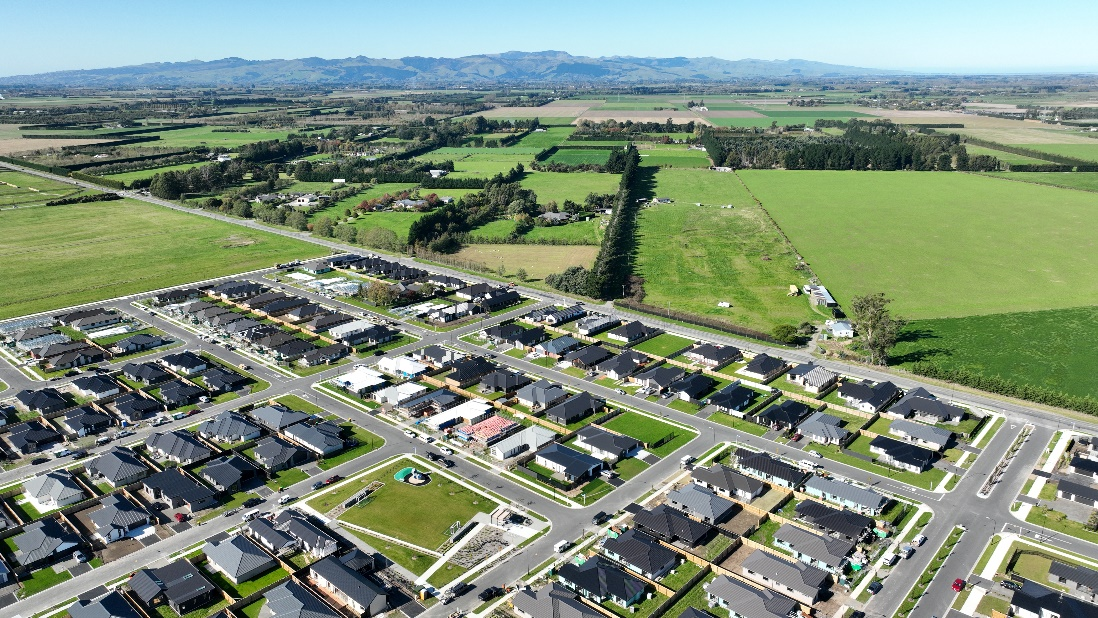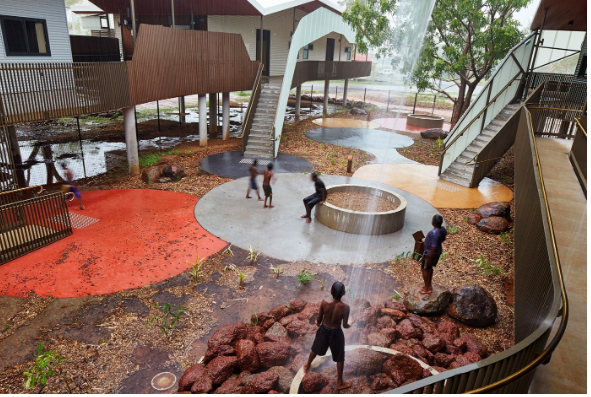City Know-hows

As the global urban population grows, food production and housing are currently ‘competing’ with each other for land on the edges of cities. Both essential urban components, this research supports town planning and urban design professionals to explore alternative peri-urban land use typologies, where food production and housing co-exist for greater urban health and resilience.
Share
Target audience
Town planners, urban designers, peri-urban communities.
The problem
With rapid population growth and urbanisation, the edges of towns and cities, once seen as productive hinterlands in support of urban communities, are experiencing unprecedented land use change. The rapid spatial expansion of urban areas onto productive agricultural land is seeing cities become increasingly disconnected from the landscapes that feed them, with food production pushed further away. In a world of global disruption caused by severe weather events, pandemics, and human conflict, access to local food, we contend, is essential to the long-term health of cities.
What we did and why
Using a ‘design thinking’ methodology, we engaged both residents and food producers living and operating within the peri-urban zone to explore the question ‘how can food production and housing best co-exist at the edges of cities and settlements?’ Using the case of Ōtatuahi Christchurch, Aotearoa New Zealand, we developed five participant-driven land use ‘scenarios’ that explore the spatial relationship between housing and food production, providing alternative approaches to peri-urban land use design into the future.
Our study’s contribution
Peri-urban food production is today understood as a necessary pathway towards urban health and resilience. Using the case of Aotearoa New Zealand, the research demonstrates an effective methodology for engaging stakeholders through ‘design-thinking’. Our findings translate community aspirations into future land use scenarios, where housing and food are integrated for mutual benefit. Our research re-prioritises food production as an important and necessary land use close to cities ensuring holistis urban health where food production considered alongside housing, clean water, and fresh air.
Impacts for city policy and practice
Planning for the future of peri-urban zones, globally, is challenging, with planning policy and practice often contested, and ‘successful’ solutions elusive. Our study focused on exploring how spatial design can positively contribute to the mediation of competing land use demands in the peri-urban zone, namely housing and food production. Our findings will be instrumental for future policy development, planning practice, and urban design, where the co-existence of housing and food production is essential for long-term city health.
Further information
‘Ministry for the Environment, New Zealand’ https://environment.govt.nz/acts-and-regulations/national-policy-statements/ for more about the legislative planning context of Aotearoa New Zealand, and, https://environment.govt.nz/publications/our-land-2021/ environmental reporting on land use change.
‘Stanford Design School’ https://dschool.stanford.edu/resources/getting-started-with-design-thinking good for learning more about ‘Design Thinking’.
‘Nature communications’ https://www.nature.com/articles/s41467-020-14386-x for information and reference links to understanding global projections of future urban land expansion.
Full research article:
Peri-urban landscapes and the potential of integrated foodscapes to support healthy cities: an Aotearoa New Zealand case study by Shannon Davis, Guanyu Chen, Naomi Darvill and Marcus Robinson
Related posts

Researchers demonstrated empirically that COVID-19 lockdowns damaged mood. In fact, their results indicate that there is a negative relationship between household density and the mood

When designing and managing public space, decision-makers and designers should:
• involve citizens in the process,
• consider all of the factors that contribute to citizen happiness,
• use evidence-based approaches to inform their decisions,
• monitor and evaluate the impact of public spaces on citizen happiness

Rain waterfalls, patterns of dappled light, and visual connections with nature. The Walumba Elders Centre (Warmun Community, Western Australia, 2014). Photographer Peter Bennetts